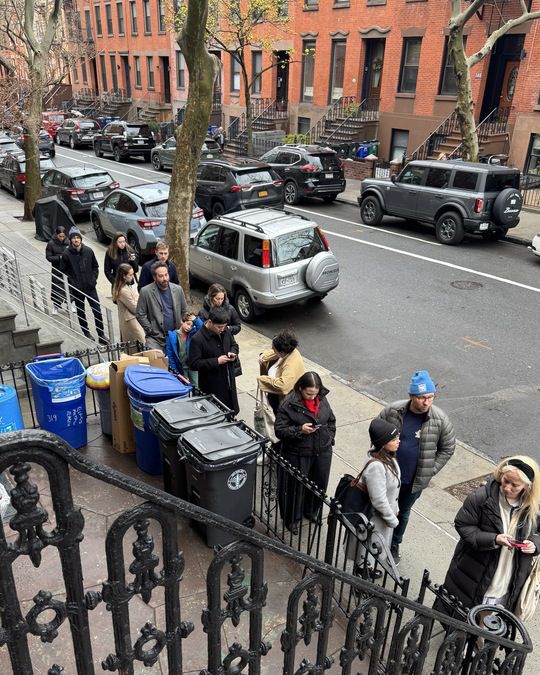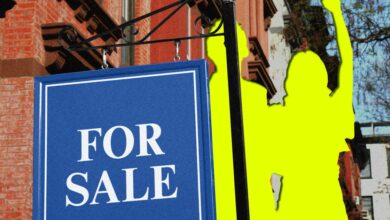Carroll Gardens Townhouses Are Having a Moment
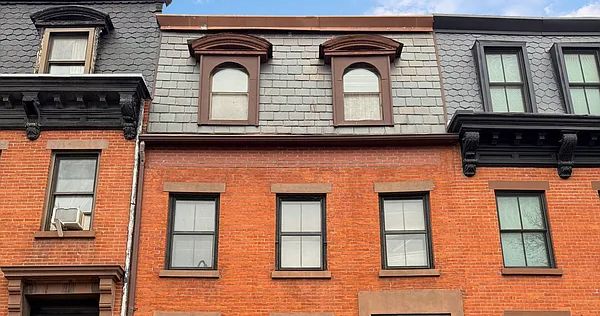
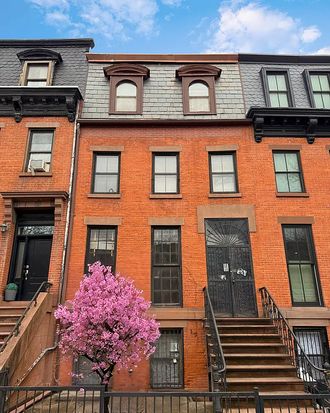
A multifamily townhouse at 17 3rd Street, as shown in listing photos, is one of the several unrenovated homes in the neighborhood pitched to buyers as a gut-reno single-family conversion.
Photo: Corcoran
Carroll Gardens has not been what most people would call affordable for several decades now. By 2012, brownstones there were already trading for upwards of $2 million and rents for brownstone apartments were creeping into the $3,000s. And yet, like a lot of brownstone Brooklyn neighborhoods, it maintained a fair number of affordable-ish rentals — half or full floors of townhouses with unfussy renovations, older appliances, and, not infrequently, landlords who lived in the building and kept rent increases modest. Lately, however, something has shifted. “Just on our street alone, two houses became single-families, another was converted to condos, the one across the street is being converted, and the one in back of us is the same thing,” says Erin Boyle, a writer who moved five years ago into a $3,200-a-month two-bedroom on Fourth Place with her husband and three kids (I wrote about her family’s move back then for the New York Times). The five-family townhouse where she lives has been caught up in that conversion wave too: In March, the landlord told them he was selling and that they had to leave by July 31.
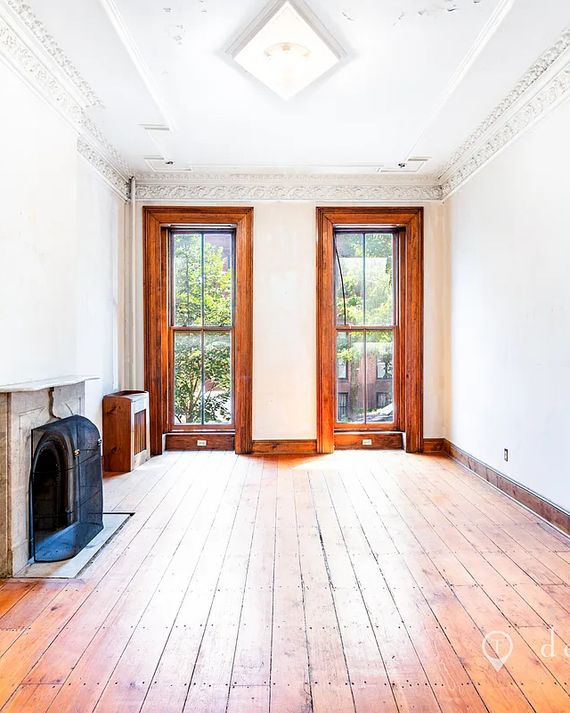
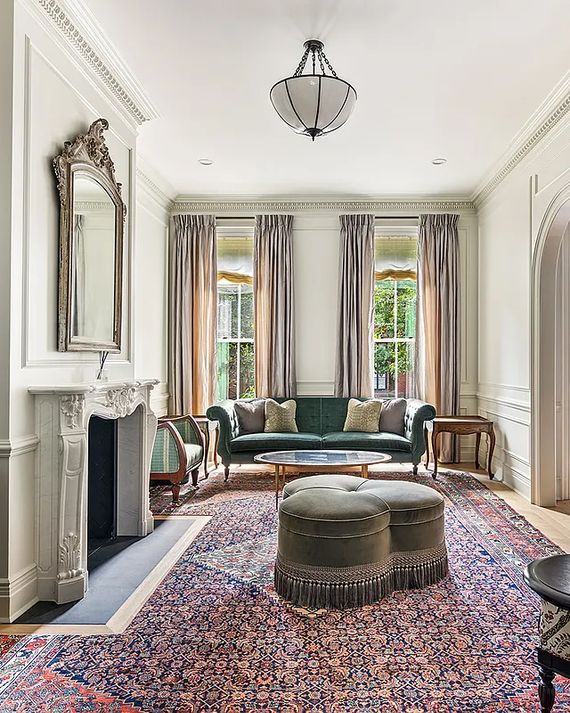
From left: A townhouse at 30 Tompkins Pl., in nearby Cobble Hill, as shown in listing photos from 2022, when it was unrenovated and sold for $5.9 million. Photo: DE TILLY REAL ESTATEAfter a renovation and addition, the same townhouse, as shown in listing photos, sold for $13 million three years later. Brokers say rising prices in Cobble Hill are pushing buyers next door. Photo: SERHANT
From left: A townhouse at 30 Tompkins Pl., in nearby Cobble Hill, as shown in listing photos from 2022, when it was unrenovated and sold for $5.9 mill…
From left: A townhouse at 30 Tompkins Pl., in nearby Cobble Hill, as shown in listing photos from 2022, when it was unrenovated and sold for $5.9 million. Photo: DE TILLY REAL ESTATEAfter a renovation and addition, the same townhouse, as shown in listing photos, sold for $13 million three years later. Brokers say rising prices in Cobble Hill are pushing buyers next door. Photo: SERHANT
Now, she says, her days are spent frantically looking for an apartment in the neighborhood so her kids can stay within walking distance of their schools and the family can remain in the community they’ve become a part of. But finding a place that can accommodate a family of five — especially something that’s not a one-bedroom, as many of the renovated floor-throughs are now — has been daunting. It doesn’t help that she also has to field a stream of finance-bro buyers passing through her current apartment, who could care less about the antique door she installed between the kids’ room and the office, or the dozens of other improvements she’s made in every room of the house. The next buyer is obviously going to gut it.
These days, brokers say that any Carroll Gardens townhouse under $5 million is mobbed, while renovated single-family ones are trading for upwards of $7 million, sometimes without ever being publicly listed. Agents say they haven’t seen this level of frenzied shopping before. “Every single open house we go to is just packed — even the ‘slow’ ones have like ten to 15 people,” says Evan Huang, a real-estate agent at Charney Companies who is working with a townhouse buyer with a budget of about $5 million. “The poor listing broker is like, ‘Did everyone sign in? One at a time up the stairs; don’t crowd each other.’ That is a crazy environment for a $3-to-5 million house.”
Every so often, there’s a neighborhood that just pops, says Huang: In Carroll Gardens, it seems to be some combination of long-standing charm, some of the last unrenovated multifamilies hitting the market, and townhouses at slightly less astronomical prices than nearby areas. The result? “This crazy war zone,” Huang says.
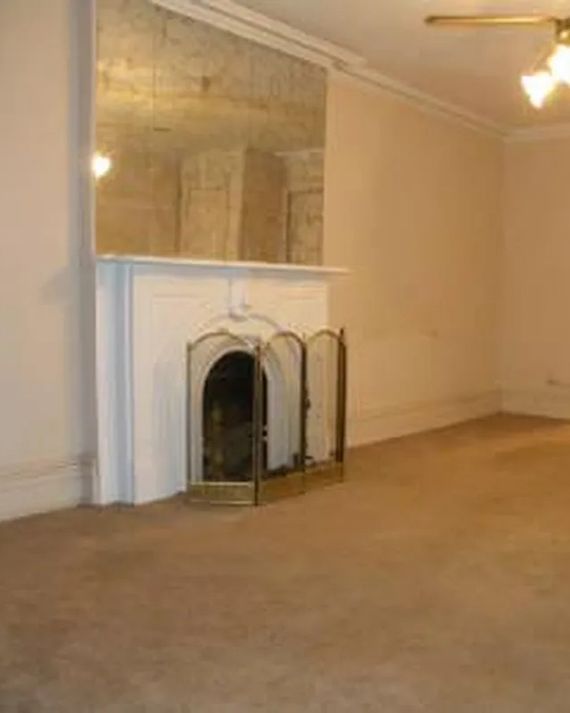
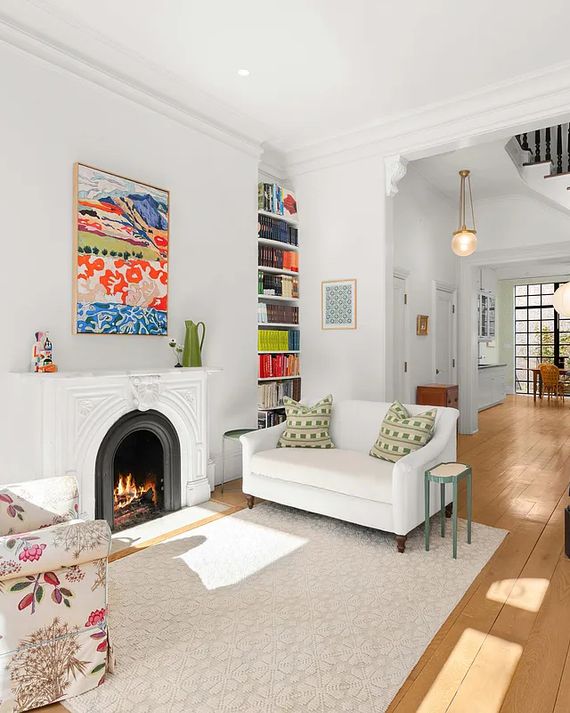
From left: A Carroll Gardens townhouse at 328A Clinton Street, as shown in listing photos, before it was renovated about ten years ago. Photo: Brownstone Real EstateThe same townhouse, as shown in listing photos, is now renovated and asking $4.49 million. The broker says that interest has been strong: Buyers want turnkey properties, and anything under $5 million moves very quickly. Photo: Corcoran
From left: A Carroll Gardens townhouse at 328A Clinton Street, as shown in listing photos, before it was renovated about ten years ago. Photo: Brownst…
From left: A Carroll Gardens townhouse at 328A Clinton Street, as shown in listing photos, before it was renovated about ten years ago. Photo: Brownstone Real EstateThe same townhouse, as shown in listing photos, is now renovated and asking $4.49 million. The broker says that interest has been strong: Buyers want turnkey properties, and anything under $5 million moves very quickly. Photo: Corcoran
Leslie Marshall, a Corcoran associate broker who has two Carroll Gardens townhouses on the market, says that, unlikely as it may sound, Carroll Gardens is still a relative deal compared to some of its neighbors. “In Cobble Hill and Park Slope, the entry point is around $5 or 6 million. In Carroll Gardens, you can still get in around $3 million.” Of course, she adds, that’s for something unrenovated — usually a house that has been in the same Italian family for generations, or a multiunit property purchased in the early aughts that hasn’t yet been renovated to shelter mag standards. The renovated ones go for more, of course. When we spoke, Marshall was on her way to a new listing she’s representing at 382A Clinton Street — which was converted to a single-family house some ten years earlier and is now asking $4.5 million. “We literally just listed it and have tons and tons of showings scheduled.” (When I checked back in a week later, she told me they were already negotiating with a buyer.)
Abby Palanca, a Serhant agent, agrees that Cobble Hill’s higher prices are pushing moneyed buyers a few blocks over. In 2024, townhouses there closed for an average of $6.4 million, according to Serhant ($3 million will get you just half a brownstone there), while in Carroll Gardens the average was $4.2 million. It’s reasonable to assume that buyers, facing intense competition and quickly rising prices in one neighborhood, would shift over to the charming area a few blocks over, says Jonathan Miller of Miller Samuel, who dubbed it “the Cobble Hill spillover effect.”
The line to view a recent rental listing in Carroll Gardens that went for $400 over the asking price.
Photo: Abby Palanca/SERHANT
But, Palanca says, “The time of the deal is leaving.” Last year’s townhouse average was a 31 percent jump from the previous year. She recently sold an exquisitely renovated townhouse at 30 Tompkins Place, by the border of Cobble Hill and Carroll Gardens, for $13 million — a neighborhood record for a house without parking — in less than a month. And it wasn’t even officially on the market. “Everyone I reached out to had a client for it. We had several showings right away,” says Palanca, adding that the buyers were a family that had been looking in Cobble Hill and Carroll Gardens for several years. The sellers had purchased it, unrenovated, for $5.9 million in 2022, before giving it a glamorous renovation and expansion.
Besides being the bargain of BoCoCa, and neighborhood perks like its pocket parks and old-fashioned shops and bakeries, Carroll Gardens also has a number of desirable schools (there are several sought-after public ones: P.S. 29, P.S. 58, and the Brooklyn New School, as well as Hannah Senesh, a private Jewish school). And it isn’t just Brooklyn Heights and Cobble Hill’s influence, either. With Gowanus’s ongoing transformation, Carroll Gardens no longer feels like “the end of the row” in its cluster of brownstone Brooklyn neighborhoods — “it used to be kind of a no-man’s-land east of Bond,” says Marshall.
Of course, Brooklyn townhouse conversions have been happening for decades now — since 1950, the borough has had about 25,000 conversions of multifamily homes to single-family ones, far more than anywhere else (Manhattan had 5,000). But in low-rise, landmarked neighborhoods like Carroll Gardens, where most of the housing stock is townhouses, the change feels more dramatic. Since 2015, the Department of Buildings has issued permits for 42 multi- to single-family conversions in Carroll Gardens. That amounts to nearly a quarter of the 175 two-, three- and four-family homes that currently exist in the neighborhood, according to the DoB. (There are 246 single-family ones.) It has also meant the loss of 65 apartments. Meanwhile, Carroll Gardens has been swept up in the vigorous market for Brooklyn townhouses in general — contract signings were up 11 percent last year, according to Serhant. Brokers say that buyers, many of them from Manhattan, have been flooding the Brooklyn Heights–Boerum Hill–Cobble Hill–Carroll Gardens area, and a lot of them, unlike those in the market for condos and co-ops, are often willing to take on renovations. When Huang visited one unrenovated but well-maintained and ideally located townhouse asking $3 million with his client, another buyer had an architect “doing a full-scale estimate” during their tour — not something he usually sees.
That leaves renters clamoring to get into the dwindling number of apartments that are still left. “It’s even more insane than the sales market,” says Allison Boggio, an agent at Revived Residential. “If you have something that’s not grotesquely overpriced, it’s going to rent in five-to-seven days.” Between 2020 and 2025, the median rental price in the neighborhood jumped from $3,200 to $4,500, according to Miller. Palanca just rented a two-bed floor-through at 319 Union Street “that was on the market for about five minutes,” she says. “We had a line down the block, over 100 people viewed it, we got 17 applications, and it went for $400 over the asking price” — that is, $5,600. It last rented, just a year earlier, for $4,800. Another one of her rental listings, also a floor-through but configured as a three-bed, two-bath, rented to the first people who saw it. The renovation was good, but not spectacular — the appliance package was not, for example, top of the line. The asking price? $9,500. “The renters were dying to live in the neighborhood, inventory has been really light, and they realized that if this was the location they wanted, this is what they were going to have to pay,” Palanca says. “They jumped at it.”
Boggio grew up in the neighborhood, in a townhouse on Dennet Place, back when “it was typical to have a family member on each floor” of Carroll Gardens townhouses. Her family sold in 2012 and she moved to Staten Island, which, she says, is typical of her generation. “Some of the old people are still in the neighborhood,” she says, “But their kids, who are in their 40s and 50s, are in Staten Island, New Jersey, or Long Island. They might be managing it for their parents, but they won’t keep it after they’re gone.” Also, she adds, if you can get $4 million for it, it’s hard to justify not selling. (In the event someone does want to keep the family house, they usually can’t afford to buy their siblings out.) Of the old family houses, she says, “there’s more that’s sold than what’s left.”
And unlike the earlier waves of gentrifiers, who often needed rental units to make their mortgages, almost no one buying a townhouse these days wants anything less than the full house. Often, they want even more space. Boyle tells me that the conversion behind her built up above the roof and expanded into the backyard. The house across the street is also tacking on a rooftop addition. “I’ve been in a strange place,” she says. “My kids go to school with kids whose families are doing this. On the one hand, they’re beautiful single-family renovations, but then you lose five apartments.” A few years ago, through a genealogy-obsessed uncle, she learned that her great-great-great-grandmother had lived in a townhouse apartment on Court Street, kitty corner from her kids’ old day care. She ended up chatting with a renter there who told her the owner was selling the building and invited her to look around his place. After she found out that her own building was being sold, she decided to check on Streeteasy to see if maybe, through some kind of ancestral magic, there might be an apartment in the Court Street building. It had, miraculously, remained a rental. But the railroad-style two-bed she’d once walked through was gutted and turned into a three-bedroom. It had rented the winter before for $7,500.

